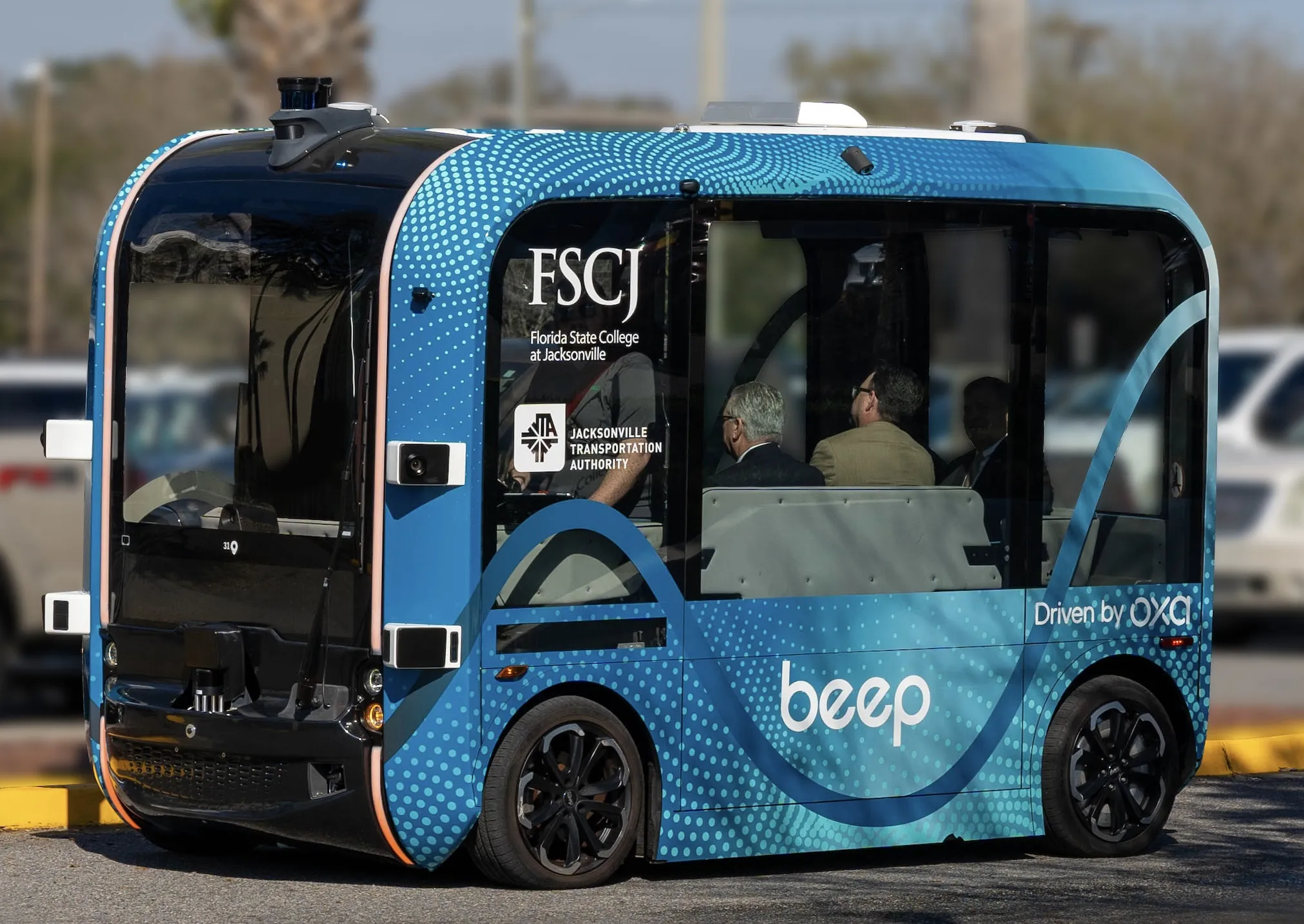Global Traffic Technologies (GTT) is to expand its GPS-equipped Opticom transit signal priority system (TSP) on the Florida Department of Transportation’s I4 corridor project. An additional 30 transit vehicles will be equipped with TSP transmitters, allowing them to request green light priority at intersections and helping to ensure on-time arrival for transit passengers.
The Opticom TSP system allows public transportation agencies to extend or truncate green cycle times at traffic signals for more accur
December 13, 2016
Read time: 1 min
The Opticom TSP system allows public transportation agencies to extend or truncate green cycle times at traffic signals for more accurate schedule adherence and/or to get riders to their destinations faster. In turn, transit vehicles are on the road less, which can significantly reduce fuel and other fleet operations costs.










